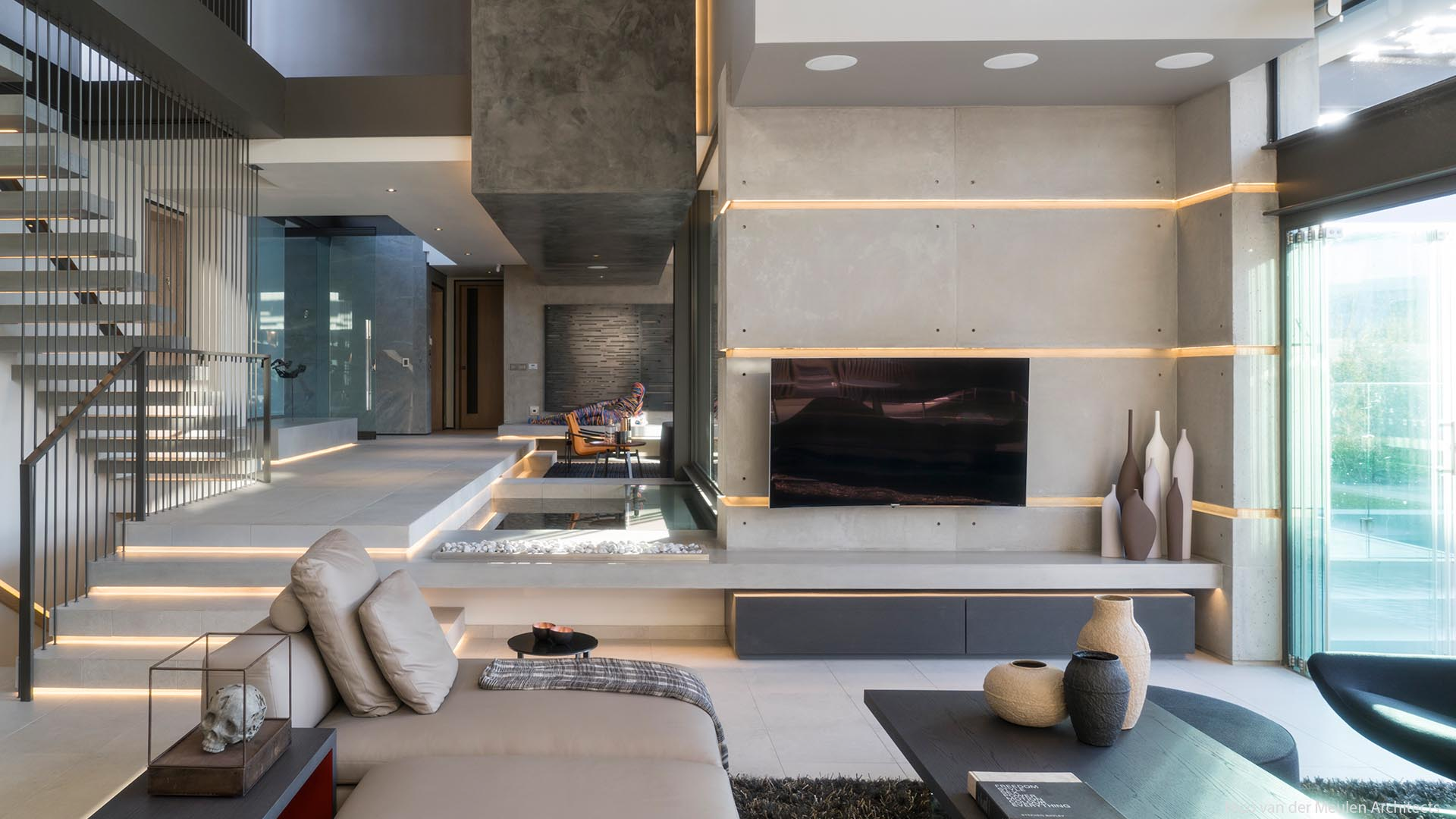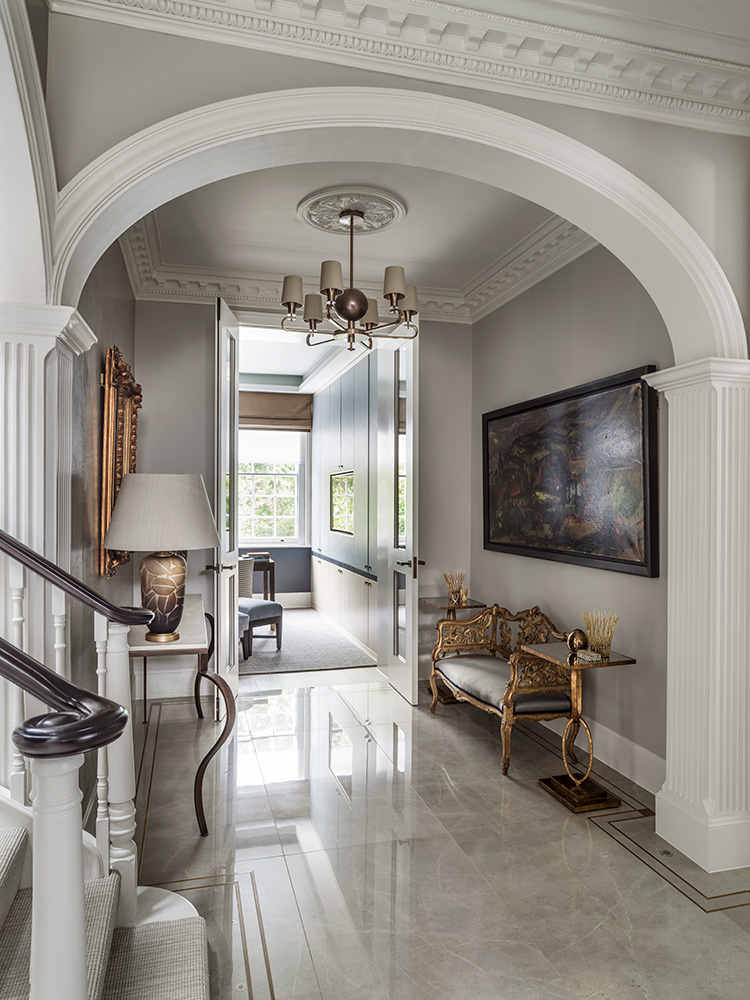Making The Most Of Visual Appeal: The Synergy Between Interior Design and Home Architect Methods
Understanding the refined interplay between indoor design and home design can considerably raise the visual charm of a home. This marital relationship of style techniques entails a thoughtful assimilation of building elements with interior layouts, and a skillful application of concepts such as contrast, equilibrium, and rhythm. As we discover this harmony, we will certainly reveal methods to produce practical and visually striking environments that not just mirror personal style, however likewise adapt to the vibrant needs of modern-day living.
Recognizing the Fundamentals: Defining Interior Design and Home Design
Interior design and home design, often linked, stand for the aesthetic and structural elements of our living rooms. Interior design is a complex discipline that includes producing functional, risk-free, and cosmetically pleasing rooms inside a building. On the various other hand, home style mostly focuses on the strong structure of a structure.
The Synergy Clarified: Exactly How Interior Decoration and Home Architecture Intersect
Comprehending the synergy between interior decoration and home design can open a globe of creative thinking and capability. When discussing this intersection, the influence of style on insides is a critical aspect to think about. This conversation will certainly concentrate on the unifying layout principles that mix these two areas right into a harmonious whole
Unifying Design Principles
While it may seem that interior decoration and home architecture are two unique disciplines, they are in fact deeply interconnected, forming a harmony that is important for creating harmonious home. Unifying design principles are the columns that facilitate this symbiosis. The concepts include balance, rhythm, contrast, focus, and harmony. These components integrate to provide a natural aesthetic charm. Equilibrium creates a sense of security, rhythm supplies a feeling of movement, harmony ensures unity, contrast sparks interest, and emphasis attracts focus to key elements. The critical application of these concepts enables a smooth blend of aesthetics and function, enhancing the general experience of the space. Essentially, these concepts work as the bridge, unifying interior decoration and architectural methods.
Architectural Impact on Insides
The intertwining of interior design and style comes to be also a lot more evident when one considers the architectural influence on insides. Building components are inherent to a room's functionality and aesthetic appeals, shaping the layout from the beginning. Their harmony is therefore obvious: design establishes the framework, which indoor style improves with texture, shade, and decor.
Secret Concepts in Integrating Interior Design and Home Design
Striking an equilibrium between functionality and aesthetic appeal is a basic facet of harmonizing interior decoration and home architecture. A just as important principle is the assimilation of lasting layout to develop green and energy-efficient homes. Lastly, understanding and discovering numerous architectural styles can also play an essential function in attaining an unified style.

Stabilizing Capability and Visual Appeal
Balancing performance and looks in indoor layout and home design emerges as one of the paramount concepts to take into consideration. Appearance uplifts the state of mind and influences the understanding of area, whereas functionality makes certain usability and convenience. Just as vital is the effective plan of the area, with a well-planned format contributing substantially to the synergy in between capability and aesthetics.
Lasting Design Assimilation
In maintaining the stability in between functionality and looks, one have to also consider the assimilation of sustainable design principles. This method not only boosts the aesthetic allure of an area but additionally guarantees its long life and lowered ecological effect. An unified blend of interior design and home design, guided by sustainability, can develop areas that are lovely, useful, and eco pleasant.
Checking Out Building Styles
While there are a myriad of architectural designs to discover, it is vital to comprehend that each one lugs its one-of-a-kind principles that can dramatically influence the harmonization of interior decoration and home architecture. These styles, varying from the ornate Baroque to the minimal Modernist, lug distinctive ideologies and looks that, when appropriately understood and utilized, can create homes that are not just visually sensational however also sympathetically integrated in terms of style and style. Selecting an architectural style is not just about personal visual preference; it is regarding picking a design language that talks with the home owner's way of life, philosophy, and desires, creating a home that is a real reflection of its locals.
Situation Studies: Exceptional Examples of Style and Design Synergy
Looking into some remarkable study supplies an extensive understanding of just how design and architecture can sympathetically combine to produce useful and compelling rooms. The renowned Fallingwater house, developed by Frank Lloyd Wright, remarkably shows this harmony. Wright's style masterfully integrates your house with its bordering landscape, while the interior mirrors the outside's organic types. An additional instance is the minimalistic Tadao Ando's Church of Light in Japan. The architect attained an ideal equilibrium in between simpleness and drama, making use of raw concrete and light. Inside, the plain, very little design creates a feeling of tranquility and spiritual reflection. These examples show the value of synergy between websites indoor layout and design in achieving functional and aesthetic success.
Practical Tips: Enhancing Your Home's Aesthetic Charm
Attracting motivation from the study of architectural and design synergy, house owners also can apply some sensible techniques to improve their home's aesthetic charm. A harmonious blend of colors, textures, and lighting can boost a space, developing a warm and welcoming atmosphere. Choosing furnishings that complements the building elements of the residence can foster a feeling of unity. Wall surface art and style pieces can add personality, mirroring personal design and taste. Including plant, either with indoor plants or views to the outdoors, can bring an element of nature, providing a relaxing effect. Clever use mirrors can open up a space, providing an illusion of a bigger area. Ultimately, the aesthetic allure hinges on stabilizing performance with design, creating a home that is both comfortable and gorgeous.

Future Patterns: Just How Modern Techniques Are Changing Interior Design and Architecture
As the globe progresses, so do the fads in interior layout and architecture. Modern methods are significantly concentrating on sustainability, including environmentally friendly products and energy-efficient styles. These fads show a shift towards layouts that are not simply visually pleasing, but additionally environmentally conscious, technically progressed, and adaptable to changing lifestyles.
Verdict
To conclude, the combination of interior style and home style strategies is a vibrant strategy to boosting aesthetic Continued charm. By leveraging key principles like equilibrium, comparison, and rhythm, and integrating aspects of contemporary living, designers can create versatile, visually pleasing settings. With comprehending this harmony, home owners can make informed choices that not just boost their living areas however additionally add to their overall well-being.
Recognizing the subtle interaction between indoor design and home design can significantly elevate the visual charm of a living space.Indoor style and home design, often intertwined, stand for the aesthetic and structural elements of our living areas.While it might seem that internet indoor style and home design are two unique self-controls, they are in fact deeply interconnected, developing a harmony that is crucial for producing harmonious living areas.The intertwining of indoor design and architecture comes to be also more obvious when one considers the architectural impact on insides. An unified fusion of indoor layout and home architecture, assisted by sustainability, can develop spaces that are beautiful, functional, and ecologically pleasant.